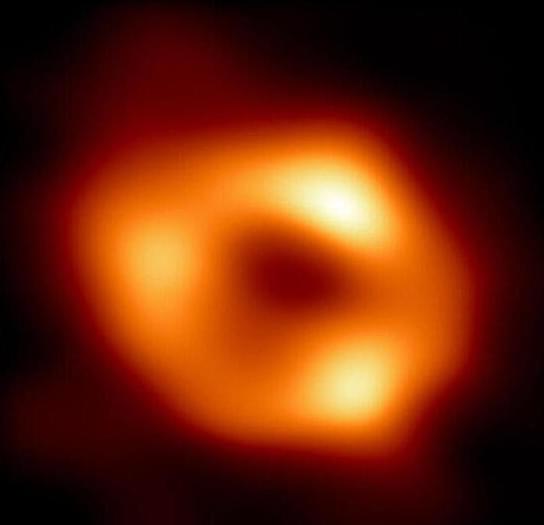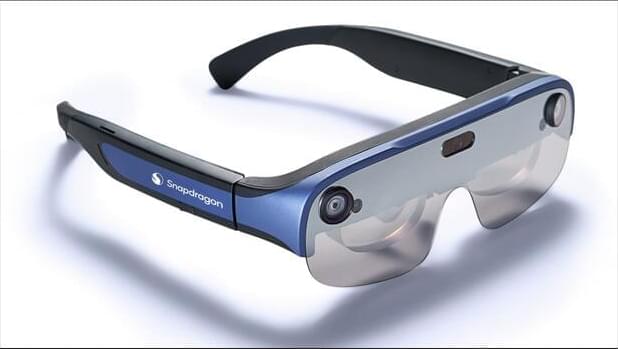
Get the latest international news and world events from around the world.

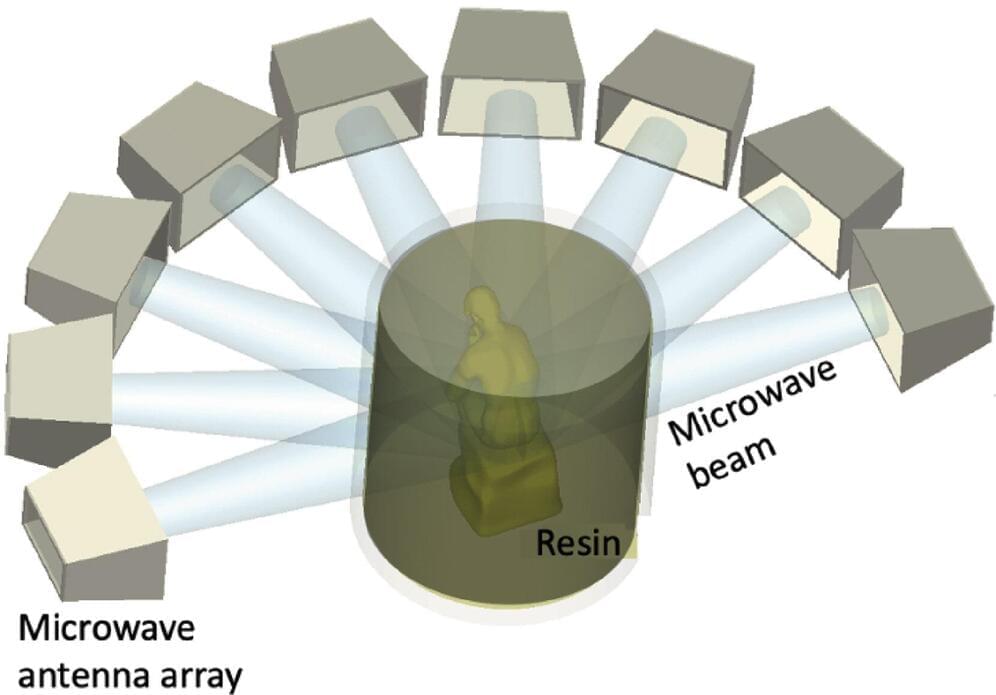
Revolutionizing 3D printing through microwave technology
In the rapidly evolving world of 3D printing, the pursuit of faster, more efficient and versatile production methods is never-ending. Traditional 3D printing techniques, while groundbreaking, are often time-consuming and limited in the kinds of materials they can use as feedstock.
But, through a new process a Lawrence Livermore National Laboratory (LLNL) team is calling Microwave Volumetric Additive Manufacturing (MVAM), researchers have introduced an innovative new approach to 3D printing using microwave energy to cure materials, opening the door to a broader range of materials than ever before.
In a recent paper published in Additive Manufacturing Letters, LLNL researchers describe the potential of microwave energy to penetrate a wider range of materials compared to light-based volumetric additive manufacturing (VAM).
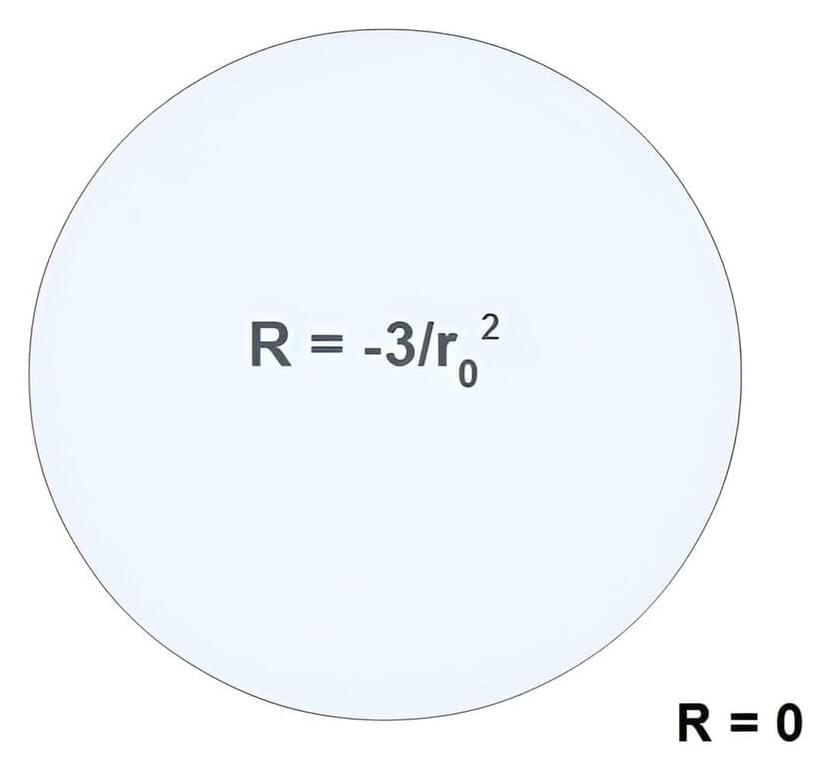
Why are black holes stable against their own gravity?
Neutron stars are timelike matter with a maximum mass of about 2.34 solar masses in quantum chromodynamics (the strong color force). Black holes are spacelike matter that have no maximum mass, but a minimum mass of 2.35 solar masses. Indeed, black holes have been identified with millions or billions of solar masses.
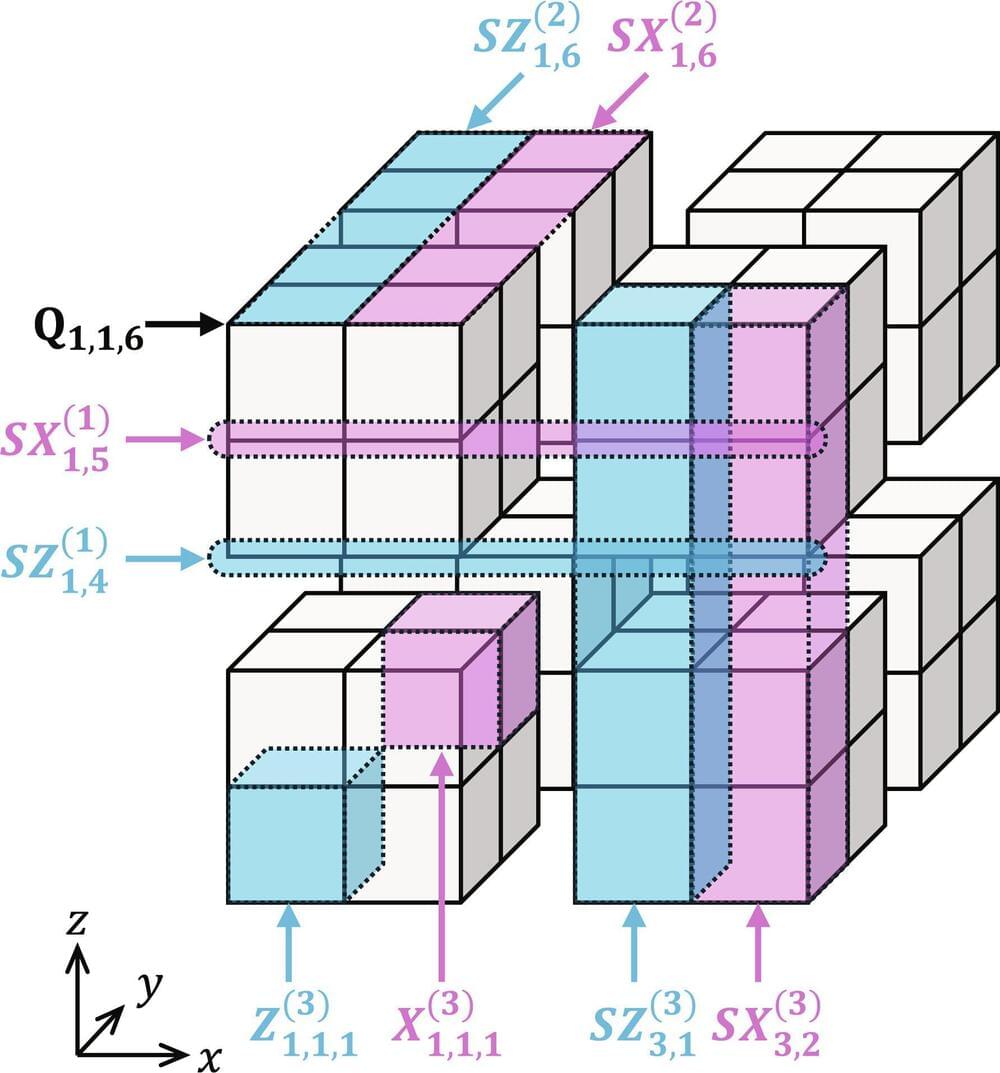
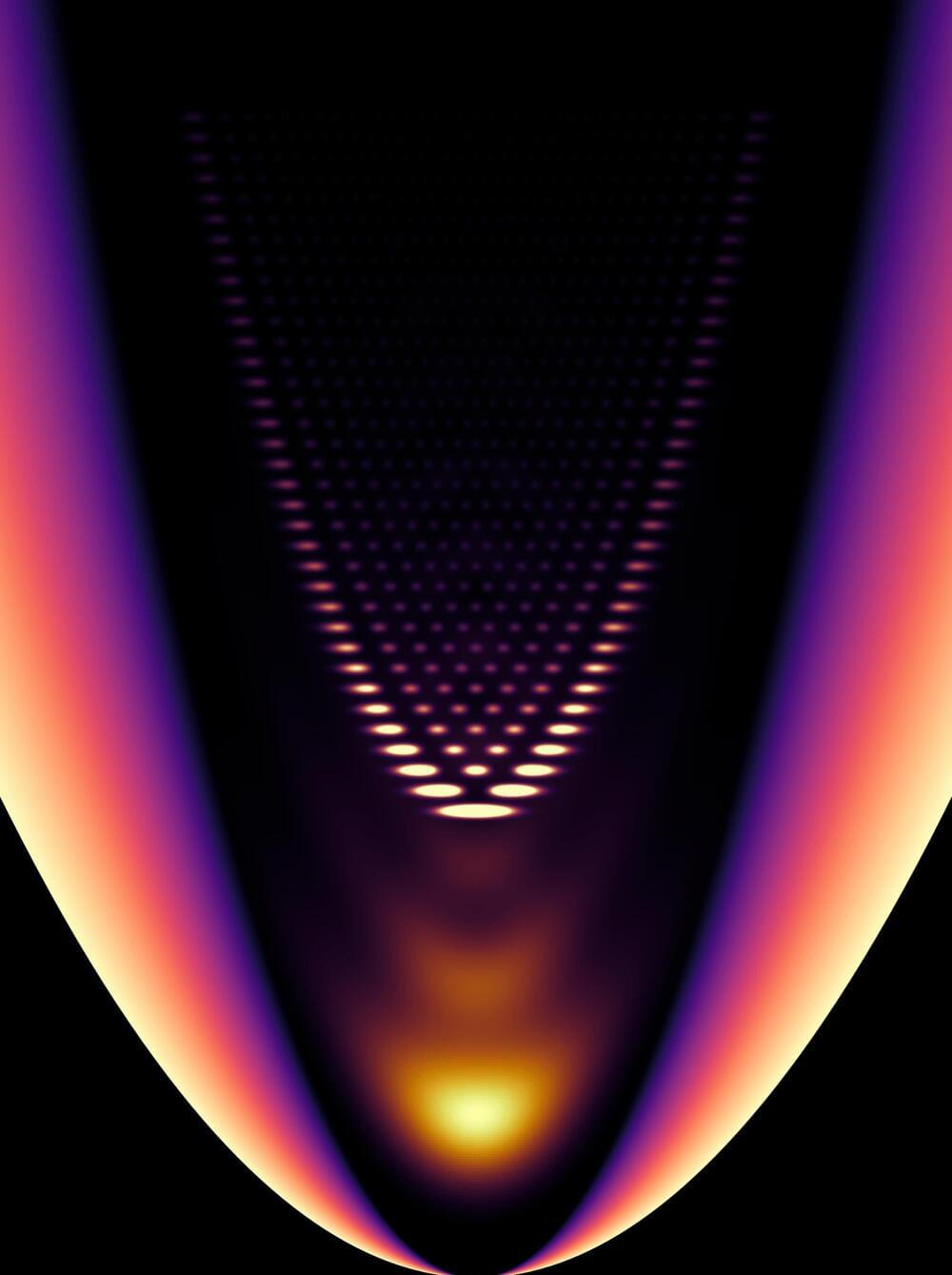
Researchers create a one-dimensional gas out of light
Physicists at the University of Bonn and the University of Kaiserslautern-Landau (RPTU) have created a one-dimensional gas out of light. This has enabled them to test theoretical predictions about the transition into this exotic state of matter for the first time. The method used in the experiment by the researchers could be used for examining quantum effects. The results have been published in Nature Physics.
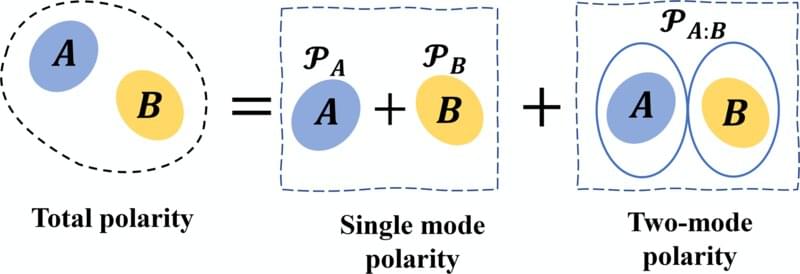
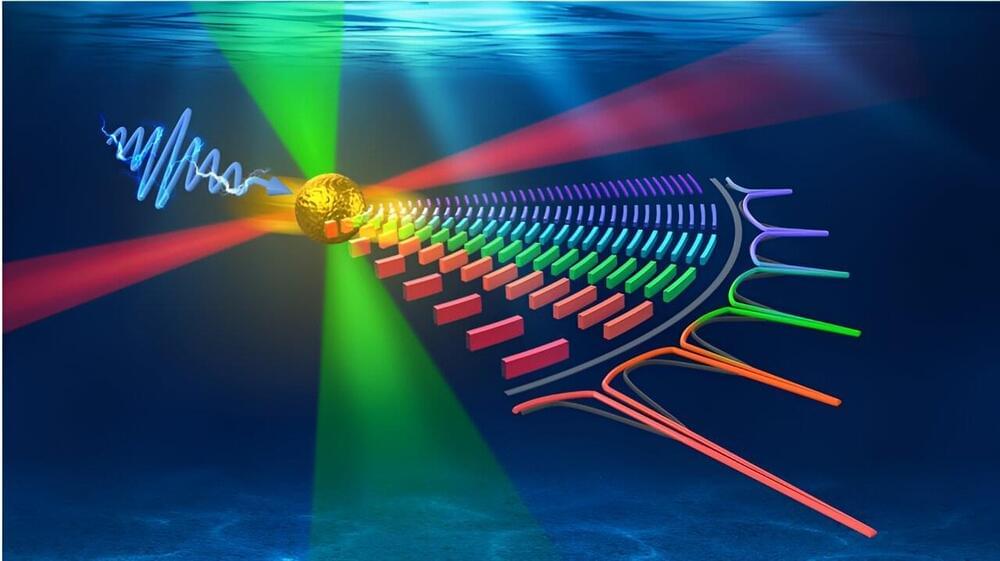
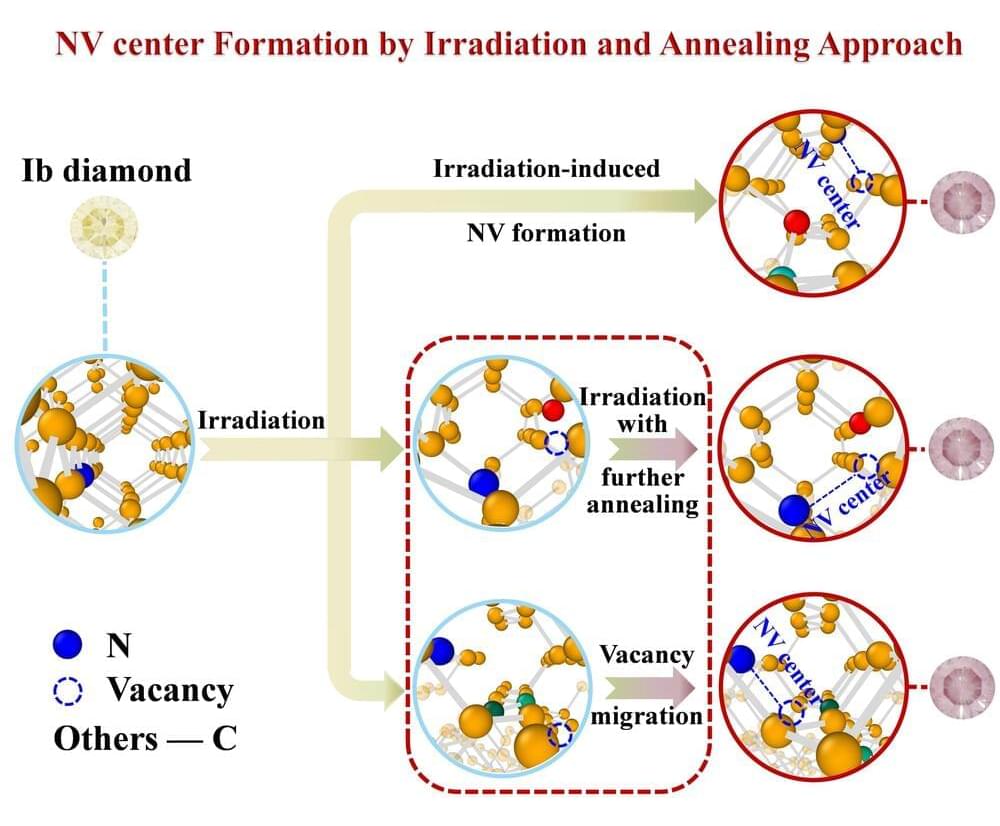
Unlocking the secrets of diamond: New insights into nitrogen-vacancy center formation
Research teams from Wuhan University and the China University of Geosciences (Wuhan) have revealed new insights into the formation mechanism of nitrogen-vacancies (NV) centers in type-Ib diamonds, a phenomenon critical to quantum sensing and computing advancements. Using a novel irradiation and annealing method, the teams demonstrated how controlled temperature and orientation can significantly increase the density and depth of NV centers, paving the way for new applications in biological imaging and quantum technologies.
